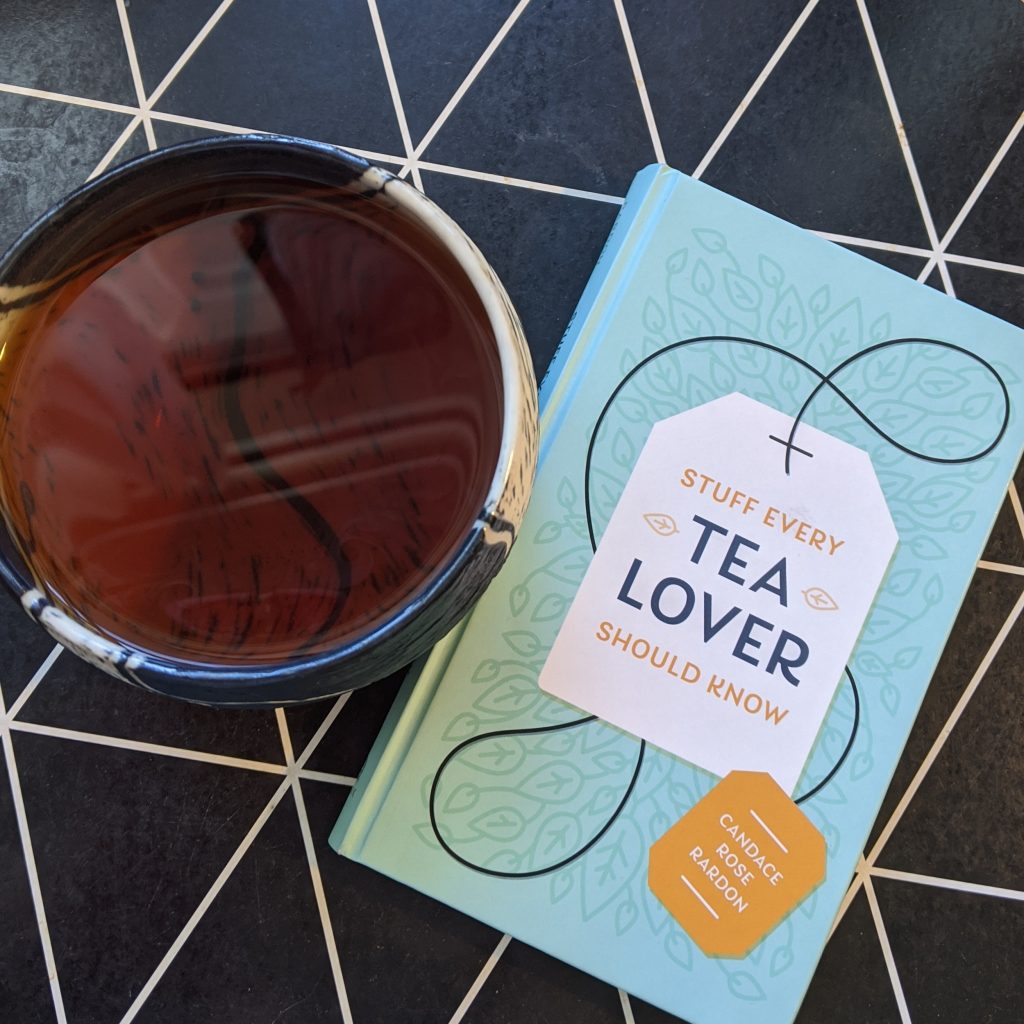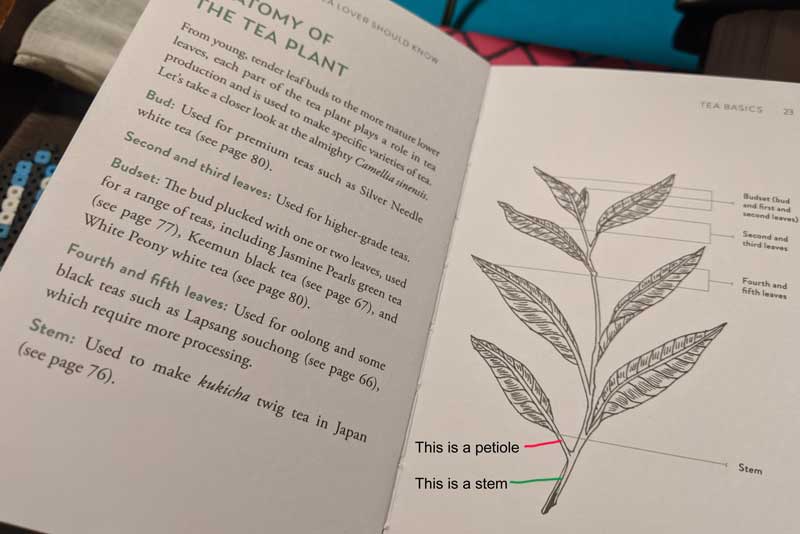
This pocket-sized book is a handy guide to tea as a beverage and tea as a historical and cultural artefact. It’s a solid 101 introduction for people who know tea is a very wide world but aren’t quite sure how to take the first step; this will help newbies orientate themselves in their journey and practice.
There’s plenty to like about its brevity. Rather than getting stuck in details, it acts as a helpful starter guide so if you’re interested in seeking out more about certain aspects you can use the information here as leverage for finding further resources. The foundational facts and figures are generally sound and Rardon is not afraid to lay out more complicated concepts, such as gong fu cha, step by step.
I’m going to nitpick a little, though, because I feel we have so many beginners’ guides and a new one like this really should be addressing errata in its predecessors. Rardon is unknown in the tea world, so I’m not entirely sure she is equipped to identify and correct misinformation and disseminate more definitive facts – but I would then ask: what’s the point of yet another guide?
Errata
Page 18: Rardon writes: Charleston Tea Plantation’s “American Classic Tea is the only tea brand made entirely from US-grown tea leaves”. I believe Rardon doesn’t know, or has forgotten, about other US tea plantations in places like Hawaii, or is perhaps missing a qualifier with regard to commercial availability or volume. Charleston’s is certainly not the only 100% US-grown tea.
Page 22: When explaining the anatomy of a tea plant, Rardon uses the label ‘stem’ when she means ‘petiole’. A petiole is the part of a leaf that connects to the stem. The stem connects the leaf to the rest of the plant. This is a very common mistake often brought about by translating Japanese kukicha as ‘stem’ or ‘twig’ tea when kukicha is primarily made from petioles and leaf veins as well as stems (and rarely twigs – the stems don’t tend to get woody enough). While this mistake is understandable, I feel Rardon or an editor might have taken more care with the erroneous illustration.

Page 28: Rardon writes: dark tea is “the only family of tea that gets better as it ages”. Not true, there are many white teas and oolongs that are deliberately aged for the better.
Page 29: Regarding caffeine content, Rardon attempts to quantify the caffeine according to the different categories of tea. Unfortunately, caffeine in tea is extremely variable and cannot even be categorised by tea type so the chart here is effectively useless.
Page 61: On steeping temperatures/times: steeping parameters by tea category is less helpful than giving a range for different types within the category. For example, Rardon suggests steeping green tea at 160-180F (71-82C) for 1-2 minutes, which is a large range.
More helpful would be to say that steamed green teas such as Japanese sencha steep better at lower temperatures (70C) and pan-fried green teas such as many Chinese styles can be steeped at a higher temperatures and so on. These kinds of charts are very common so I don’t blame Rardon for reproducing one here but unfortunately they tend to be – and this one is – reductive.
This is really just pointing out what amounts to tiny errors in an otherwise nicely presented, easy to read book readers can dip in and out of as required. While it didn’t tell me anything I didn’t already know, it’s a great starter I would recommend for beginners.
Stuff Every Tea Lover Should Know by Candace Rose Rardon (Penguin Random House, 2020)